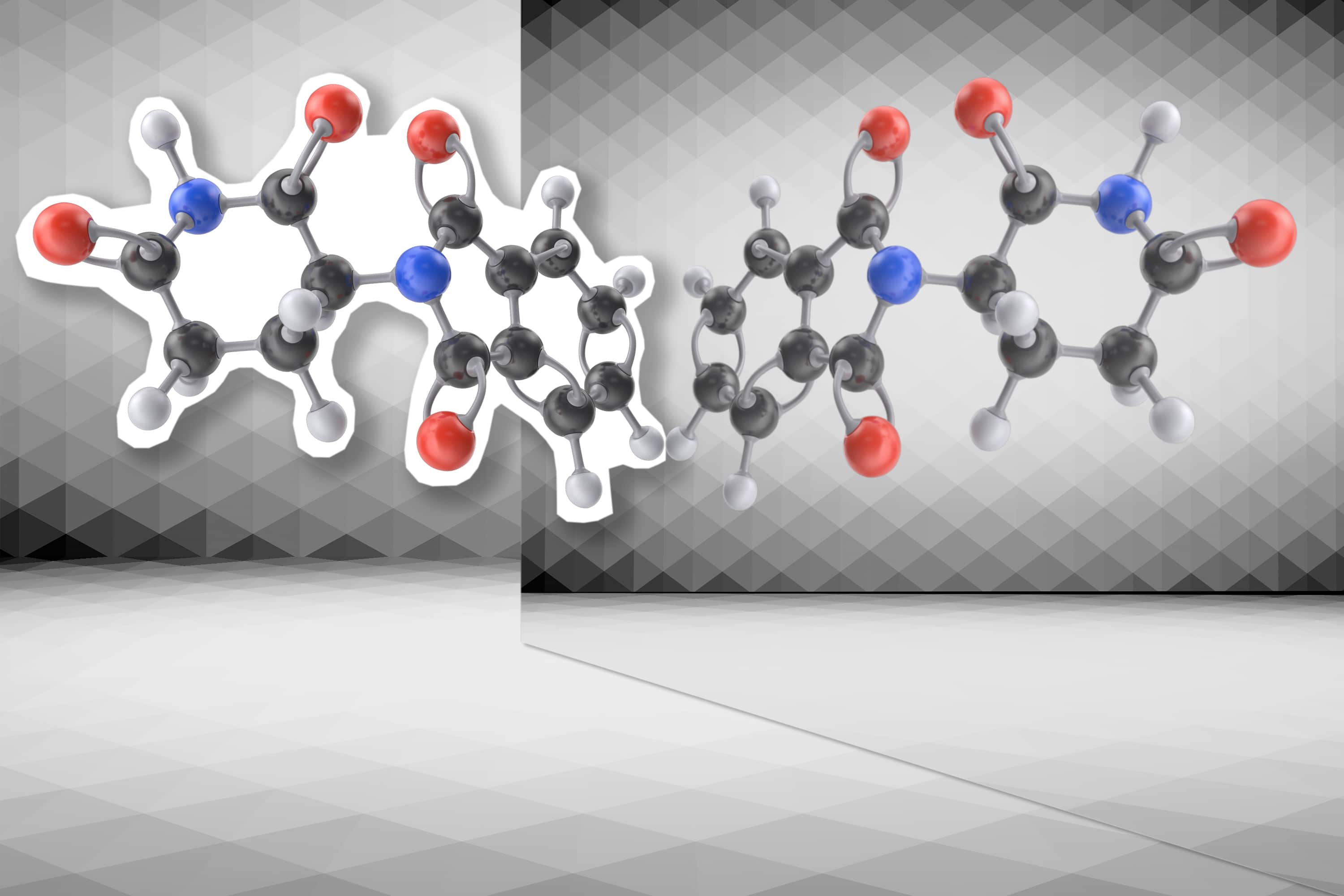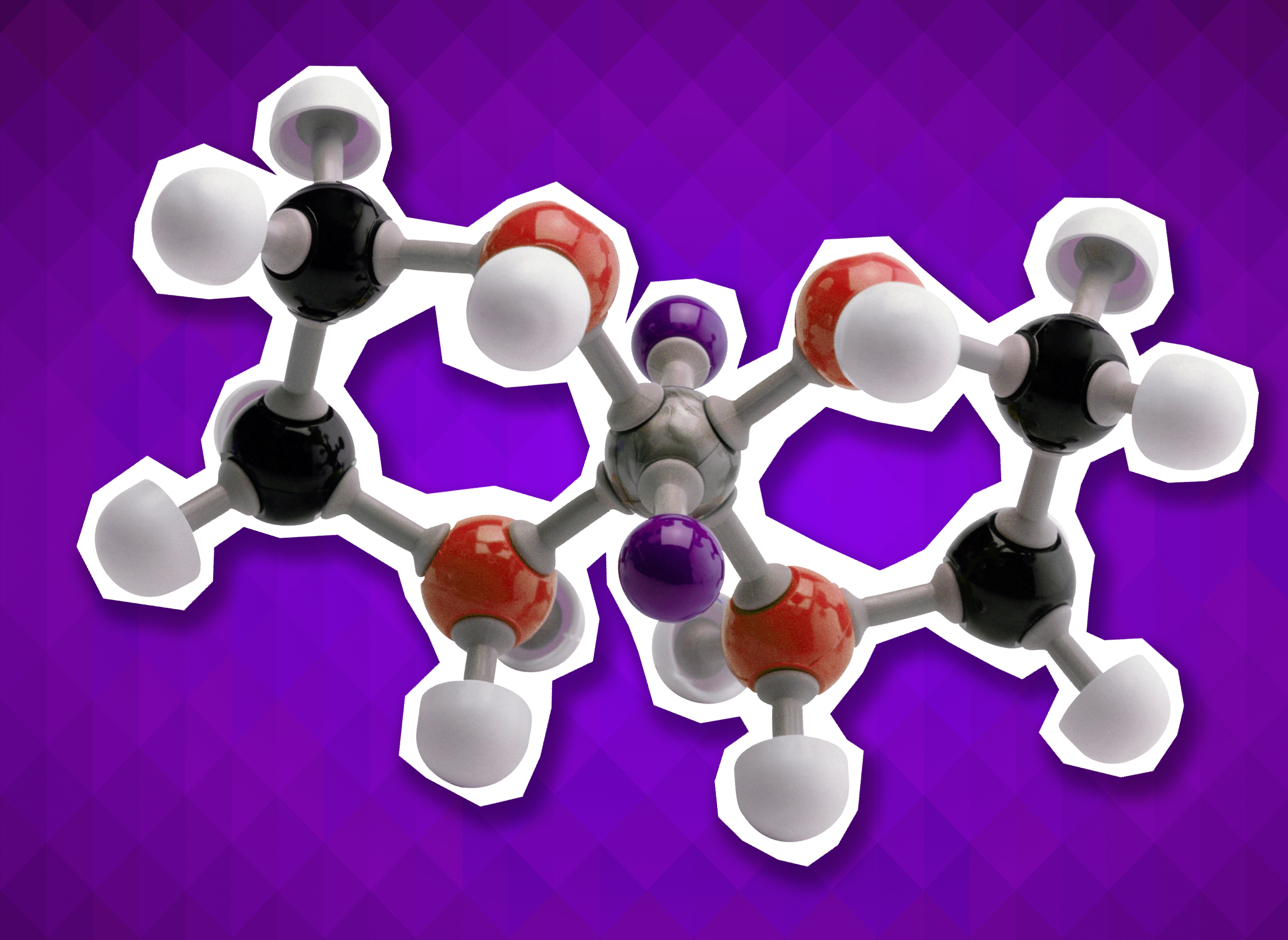Chiral Compound Confusion: Bart explains how SFC is used to purify enantiomers.
In my previous blog, I spoke about the application possibilities of supercritical fluid chromatography. I explained how it could now purify most compounds – however, a column screening approach is required for certain polar compounds. In this blog, I would like to focus specifically on chiral compounds, also known as enantiomers. SFC is the ideal candidate for purifying enantiomers that are difficult to purify using other chromatographic techniques as they have similar physical and chemical properties, such as boiling point, melting point, and polarity. A chiral stationary phase enables the differentiation of chiral compounds; however, the application differs from traditional methods. So, if you’re a clever chemist keen to clarify chiral compound chromatography, then get up to speed on SFC with my last post , and continue reading!
We’ve all been there, you’re a bit tired or in a rush to be somewhere, and you reach for your gloves or your shoes, and you put your shoe or glove on the wrong foot or hand. Immediately things do not quite feel right; something is out of place. Perhaps your thumb won’t fit into the part of your glove made for your small pinky finger, or your big toe is being squashed into the part of your shoe that usually curves around your smallest toes. The reason that we are able to tell is that chiral objects (like our hands and feet) are non-superimposable. Even though they are similar in many ways, you cannot make a left hand fit into the same space as a right hand. Chiral chromatography takes advantage of this feature of enantiomers to be able to distinguish between them, and it’s lucky that this is a feature of optical isomers. If we had to explain the difference between a left hand and a right hand to someone asking questions, it would not be easy as almost all the answers would be the same. How many fingers, how do they feel, what color are they, what are they made of, how many bones, etc. – almost all questions would give the same answers, and the interviewee would be none the wiser about how to differentiate between them.
When it comes to SFC chromatography , it is the stationary phase that acts as the differentiating ‘glove’ that is able to tell apart objects based on homochirality or ‘handedness’. Enantiomers are separated using a chiral coating on the column, which ‘feels’ the difference between left- and right-handed enantiomers via diastereomeric interactions, much like our hands or feet ‘feel’ when we have put them into the wrong shoe or glove. When a chiral analyte interacts with a chiral stationary phase, a diastereomeric aggregate is formed. Various supramolecular interactions occur that vary the binding energy. The D and L enantiomers (D and L refer to the configurational stereochemistry of the molecule – L isomers have a hydroxy group attached to the left side of the asymmetric carbon furthest from the carbonyl – D isomers are on the right side) of many compounds form inclusion complexes of different strengths and are retained at varying degrees allowing for their separation.
Using a chiral stationary phase takes advantage of the steric effects of the medium. The physical size and shapes of the molecules, like left- and right-handed gloves, influence how closely each enantiomer can approach the stationary phase and how strongly they interact. The most widely used chiral stationary phases are modified polysaccharides (cellulose or amylose) due to their broad chiral selectivity and high loading capacity. In a chiral column, the polysaccharides that are coated or immobilized on a silica gel have many hydroxyl groups that form hydrogen bonds with the analytes. The spatial arrangement of hydroxyl groups differs for each enantiomer, leading to different strengths of interaction and, thus, different retention times. Complex formation and ion-pair formation interactions also influence the interaction of the analyte and chiral stationary phase, ensuring that one enantiomer will interact more strongly and thus move more slowly through the column allowing the separation of the enantiomers.

So why use SFC and not some other method, such as HPLC, for the purification of enantiomers? Well, there are many benefits to be had by choosing SFC. The time spent on the purification, for both the run and the subsequent evaporation, is greatly reduced. There is also a huge reduction in the amount of solvent required, which benefits the environment and dramatically reduces costs. In the comparative example below for the purification of 1 -Indanol using normal phase HPLC and SFC, the flow rate is much faster using SFC .

Also, 80% of the solvent used in the SFC application was CO2 which is far less expensive than the solvents used for HPLC, as seen in the following diagram.

So, if you are in need of a reliable solution for the purification of chiral compounds, then be sure to check out what is possible with supercritical fluid chromatography. I hope this brief explanation sheds some light on how the process works and why it is superior to other chiral solutions.
Till next time,


WANT TO STAY IN TOUCH?
Click on the button and receive the latest posts directly in your messenger!
Related Posts
3rd May 2023
Getting Hands-on with SFC: Bart explores the application possibilities of supercritical fluid chromatography
Explaining what applications are possible with SFC →
2nd November 2022
A fat lot of tips on how to purify lipids
Bart offers advice on how to purify lipids, including phase selection, sample loading and detection methods →
2nd March 2023
Let’s get critical! SFC vs. HPLC
Bart explains the history of SFC and how it has developed over the years. SFC is then compared with HPLC. →
22nd December 2022
Develop flash and prep HPLC applications to purify a range of compounds
Bart explains the versatility of Flash and Prep HPLC applications to ensure the successful purification. →





